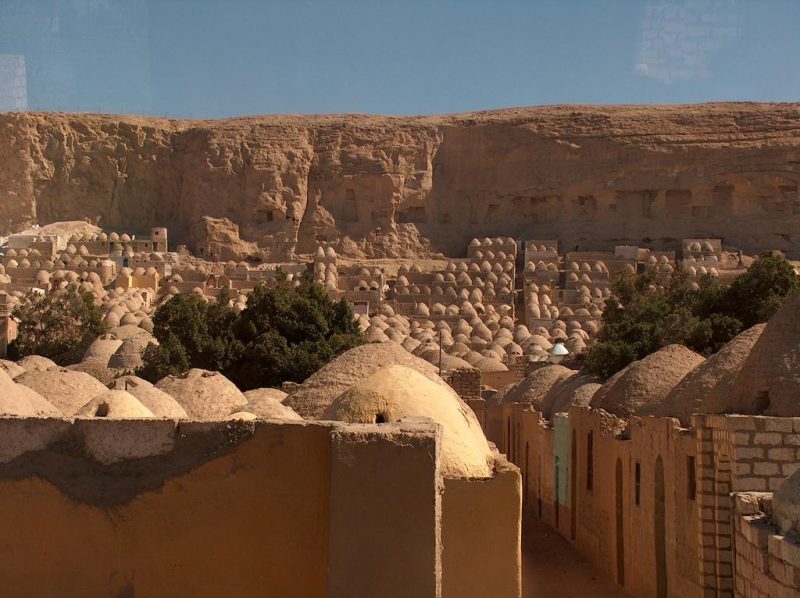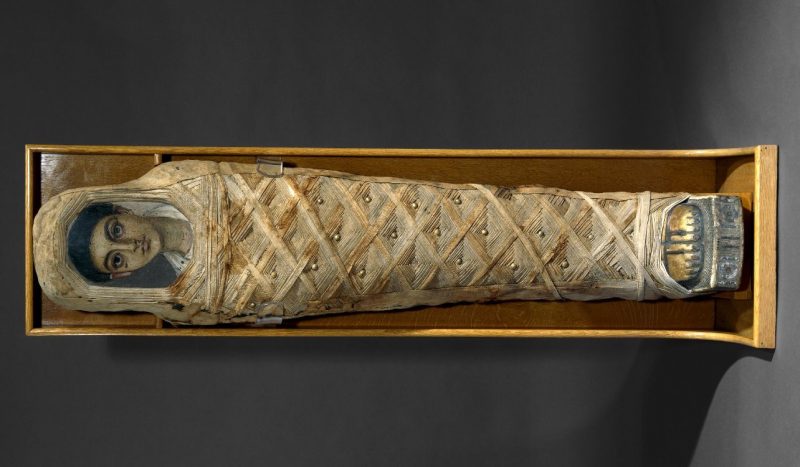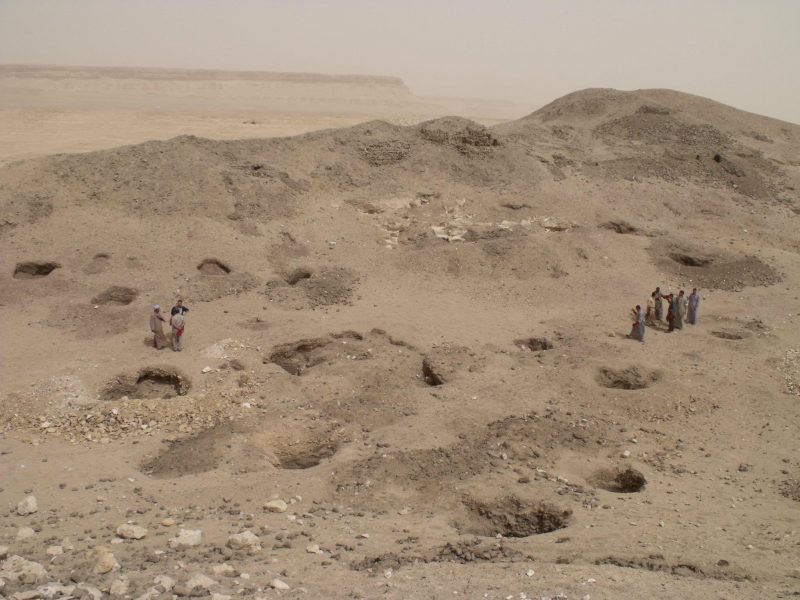When illegal archaeological site excavators don’t know what to do with something, because they think is “worthless” (like for example some 1,000-year-old mummies), they just discard it, like any other useless item. But the is one problem; ancient artifacts are not garbage. Even some items that were found on ancient garbage dump sites are priceless and important evidence for the development of civilizations. Illegal digging causes huge damage around the world and especially in Egypt, where probably thousands of sites and items are being destroyed or sold on the black market, even as we speak. Something like this happened at the beginning of the year near El Minya, Egypt. The police found two mummies, together with their sarcophagi, floating in a cesspit full of dirty water.

Official from the Egyptian Ministry of Antiquities announced that the two previously unknown Greco-Roman era mummies were probably buried in tombs near a small village 240 kilometers (150 miles) south of Cairo. Police were alerted after the mummies were taken out of the tomb when people spotted them floating in the sewage.
Youssef Khalifa, Head of the antiquities sector at the ministry stated that “The robbers may have resorted to dumping these sarcophagi in the irrigation canal when they felt that authorities were closing in on them, or perhaps when they were approaching a security checkpoint.”
When experts analyzed the Mummies, they were wrapped in layers of linen cloth, but very little human remains were found inside. The wooden coffins in which they were placed were almost completely destroyed because of the sewage water.
The mummies are from the Greco-Roman era of Egyptian history, probably buried sometime between 332 B.C. to 395 A.D. They were preserved according to the tradition and techniques typical for this period. The mummies were decorated with beautiful paintings depictions of the head and chest of the deceased person. These kinds of portraits are called “Fayum portraits.” Artists used encaustic wax or egg tempera paint to make them. The sarcophagi were also appropriately decorated with nice colorful designs but without any ancient Egyptian hieroglyphs.

The looting of archaeological sites and illegal excavation are a major problem in Egypt, especially in times like this, when the country is destabilized by conflicts and political turmoil. It is estimated that within the next 25 years, most of the undiscovered archaeological treasure in Egypt will be destroyed or taken out of the country by buyers on the illegal market. Antiquity officials are desperately trying to protect the cultural heritage. Recently, the National Geographic Society funded a satellite survey in order to check the damage that has been done so far. After examining more than 4,000 archaeological sites, they discovered tens of thousands of looting pits across Egypt.
The problem with looting is becoming even greater. The looters are getting more organized, and besides shovels, they are now using bulldozers, dynamite, and modern technology in order to find artifacts. Most of the 1,200 guards hired to protect the archaeological sites in Egypt, earning only $40 a week, are easily persuaded to look on the other side for a small bribe. The ones that don’t take bribes are chased off by the gangs, in fear for their lives.

The situation is maybe bad, but the Egyptian Ministry for Antiquities is making the best efforts to preserve as many artifacts as possible. Although the condition of the mummies found in the sewage pit is bad, Youssef Khalifa, the head of the antiquities sector at the ministry, said that they will try to restore them and make the ready for display at the Hermopolis Museum.
